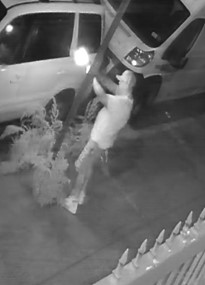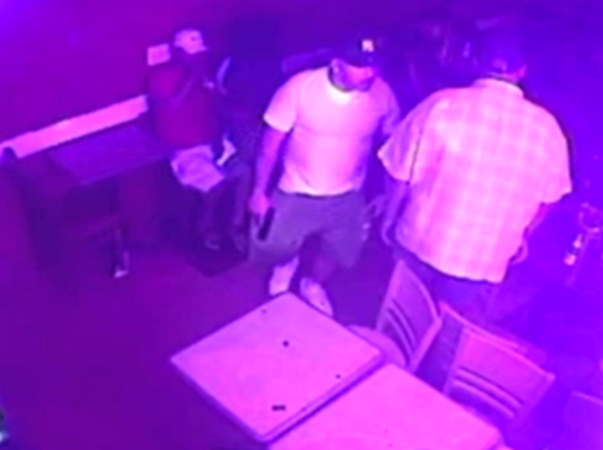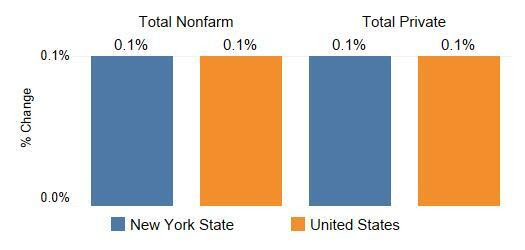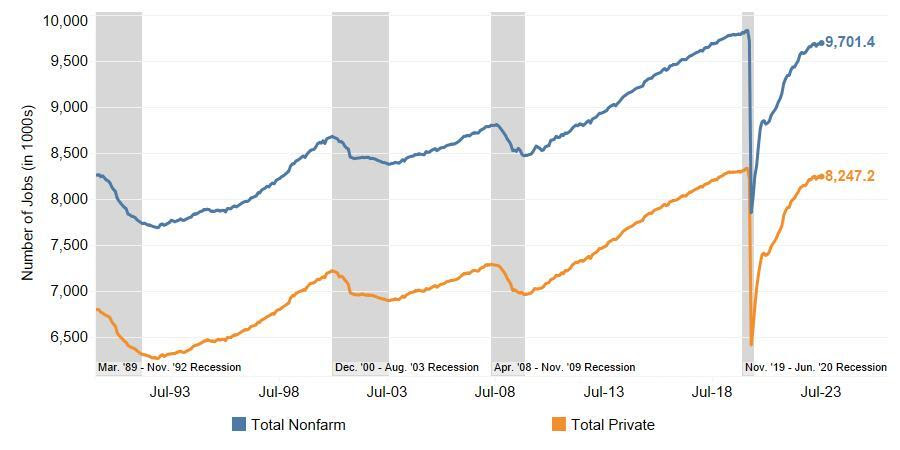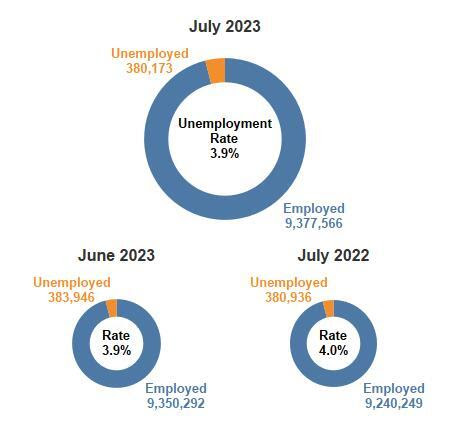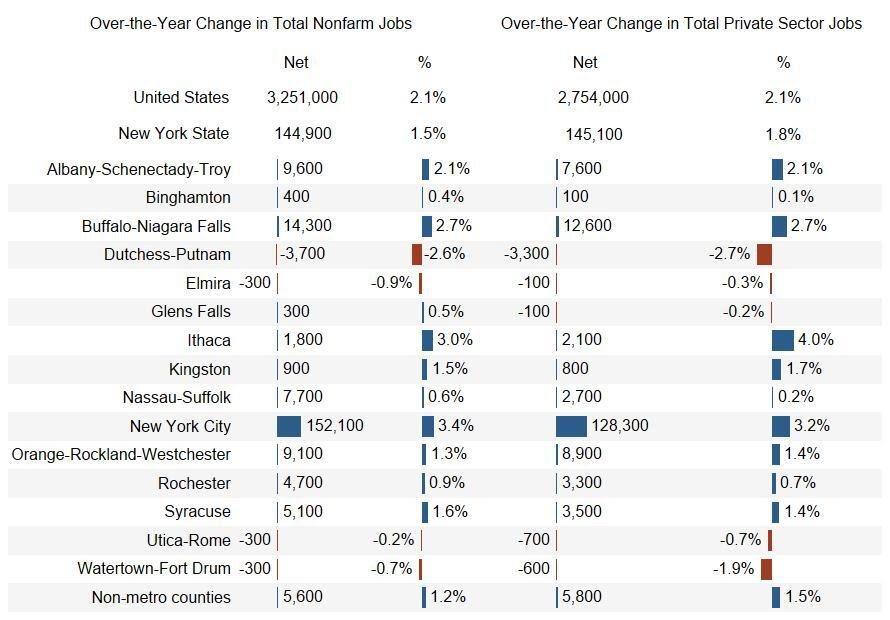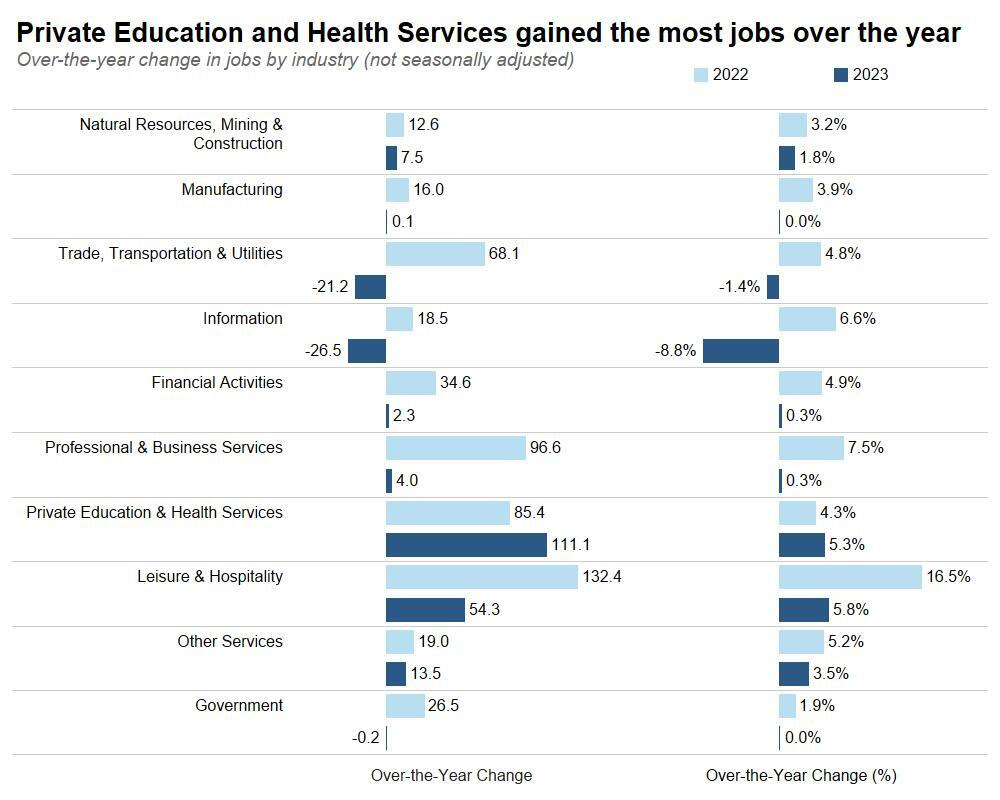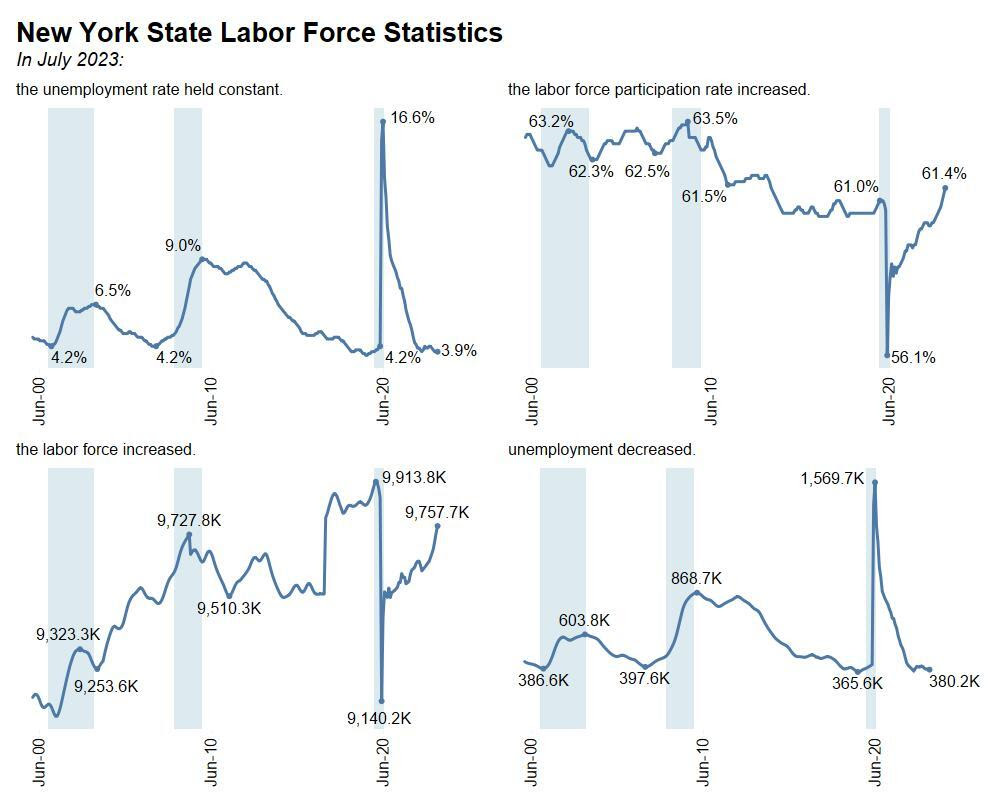Collaborative Training Teaches NYPD Recruits How to Recognize and Interact with Students Classified with Autism and Other Developmental Disabilities
New York City Mayor Eric Adams, New York City Department of Education (DOE) Chancellor David C. Banks, and New York City Police Department (NYPD) Commissioner Edward Caban today announced a new partnership between the DOE and the Police Academy aimed at working with young people with autism and other developmental disabilities. Experts from the DOE’s Special Education Office led a day-long training in person at the Police Academy on behaviors and responses of students with autism and other developmental disabilities and to educate NYPD recruits on responsible and compassionate ways to communicate with all young people.
“The protection of our students will always be a top priority for this administration, which is why we continue to invest in both upstream and downstream steps to keep our youngest New Yorkers safe,” said Mayor Adams. “Collaborations like this help to build on the productive steps we have taken thus far and invest in a holistic vision of public safety for New York City students just in time for the new school year.”
“The NYPD and New York City public schools have a long-standing collaborative working relationship, all aimed at making our students and our city safer, in and out of school buildings,” said DOE Chancellor Banks. “This new initiative is an important step in ensuring that the people entrusted to protect our city are equipped to work positively and collaboratively with all New Yorkers — especially those who learn and live differently.”
“At the heart of the NYPD’s steadfast public safety mission is an unwavering commitment to work every day to more fairly and effectively communicate with everyone we serve, particularly young people with autism spectrum disorder,” said NYPD Commissioner Caban. “We are proud that our partnerships in the new endeavor being announced today will only strengthen our collective ability to advance a safer and more just city for all New Yorkers.”
This partnership signifies the first time the DOE has been invited to directly participate in the training of NYPD recruits. Experts from the DOE will visit the Police Academy on a regular cadence going forward, hosting trainings for each class of recruits, starting with the current training class.
During the training session, participants not only develop an understanding of autism and communication-based disabilities but learn strategies to support students with autism and other developmental disabilities during crises, responding effectively and increasing the use of thoughtful communication tools. Participants also received an overview of school supports for students when they are in crisis and tools interventions schools use prior to calling for emergency services.
“It is essential that we foster understanding and engagement between the NYPD and all of our students with disabilities,” said Deputy Mayor for Strategic Initiatives Ana Almanzar. “Young people with autism often communicate with the outside world in different ways, and this type of training will empower our officers to identify and support these students in challenging situations.”
“Every child is different and so we need to expand our skills to connect with kids and meet their range of needs,” said New York City Department of Health and Mental Hygiene Commissioner Dr. Ashwin Vasan. “Schools promote health, and this will make them even better equipped to support children. We applaud the partnership between the DOE and NYPD so that these children can have their needs addressed when in crisis at school and be able to learn successfully.”
“DYCD knows from the diverse youth we serve that it is not ‘one size fits all’—every young person interacts, processes, and communicates differently,” said New York City Department of Youth and Community Development (DYCD) Commissioner Keith Howard. “We have seen the benefits of targeted outreach in the Summer Youth Employment Program, with the NYPD hosting a record number of youth with disabilities. This new forward-thinking strategy from Mayor Adams, the NYPD, and Public Schools will build even more bridges between young people and law enforcement, and create a more inclusive, safe, and compassionate city.”
